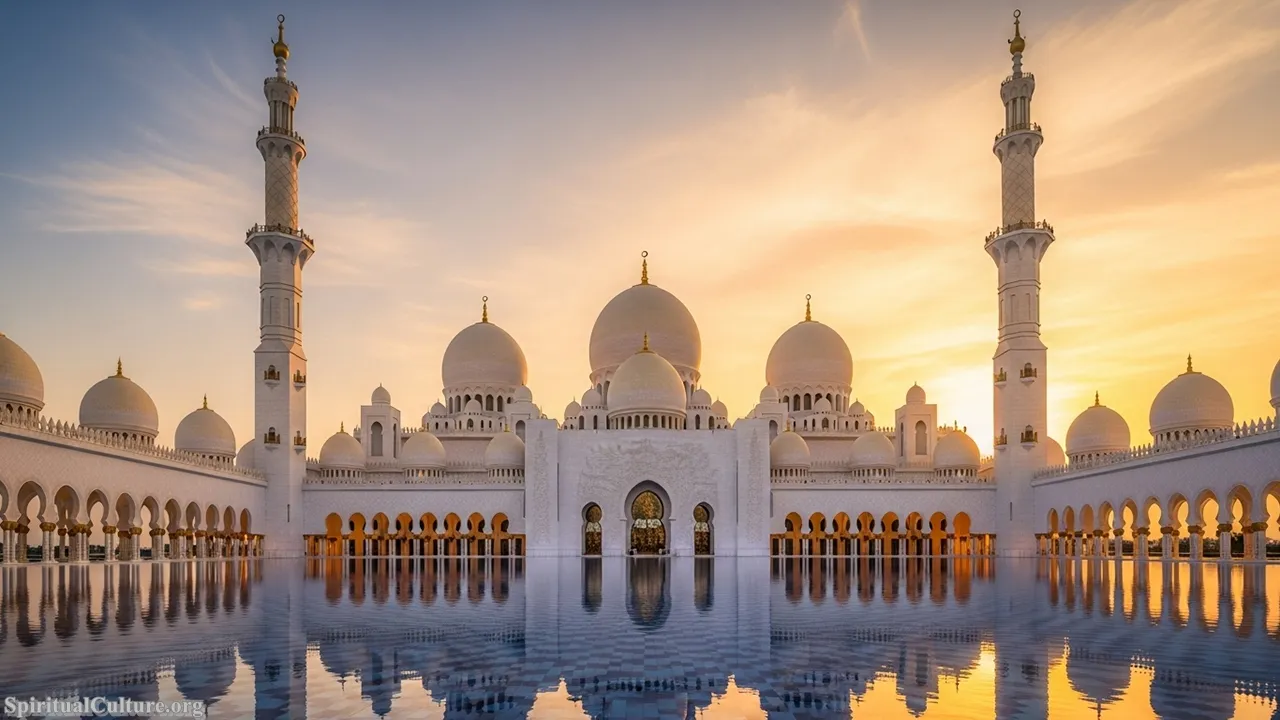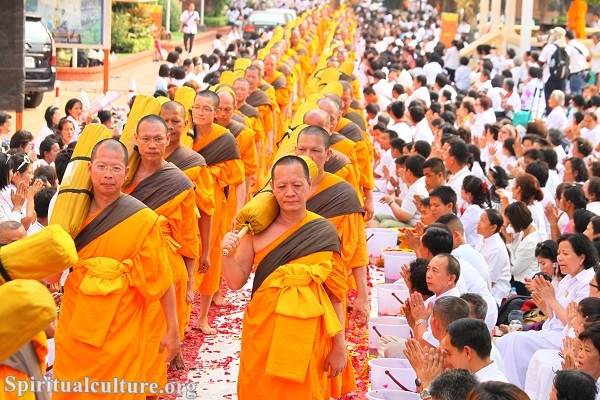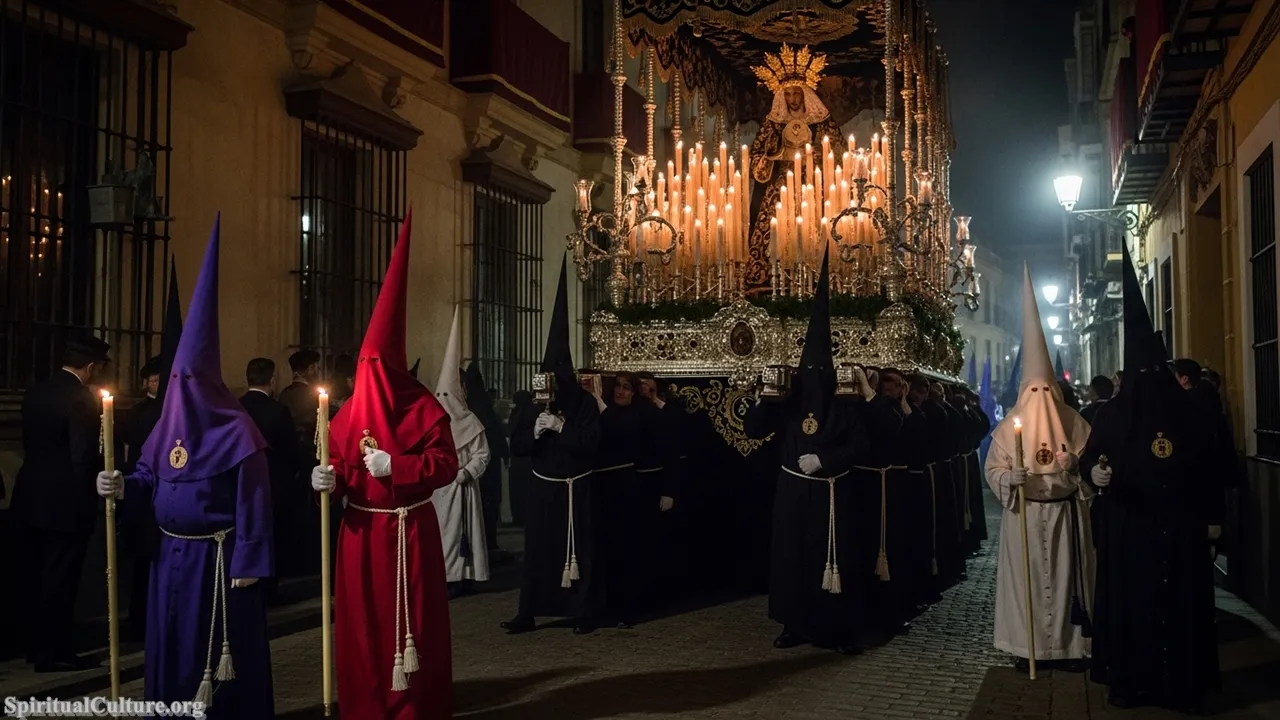Saudi Arabia, a nation historically defined by its vast desert landscapes and profound Islamic heritage, is currently undergoing a dynamic cultural renaissance in line with Vision 2030. While many global perceptions focus on its religious significance as the heart of Islam, the Kingdom’s calendar is rich with non-religious, heritage-focused festivals that seek to preserve ancient traditions and celebrate regional diversity. These events serve as vital bridges, connecting the deeply rooted Bedouin past and the intellectual legacy of pre-Islamic Arabia with a modern, globalized future.
At Spiritual Culture, we rank these festivals not purely by visitor numbers, but by their authenticated cultural depth, historical importance, and spiritual impact on national identity and regional heritage preservation. Our analysis weighs the deep meaning behind the celebration—be it faith, Bedouin tradition, or ancient artistry—to offer an insightful guide to the most significant cultural gatherings in the Kingdom today.
The selection below is based on verifiable historical data, their continuation as of the Current Time of Writing, and their recognized role in promoting the Kingdom’s rich and multifaceted cultural landscape.
Table of the Top 10 Cultural Festivals with Deepest Heritage and Spiritual Roots
| Rank | Festival Name | Primary Focus | Heritage Significance/Context | Estimated Scale/Impact |
|---|---|---|---|---|
| 1 | Eid al-Fitr (End of Ramadan) | Islamic Spiritual Celebration | Marks the end of Ramadan; universal Islamic obligation and national spiritual anchor. | Universal participation; National holiday; Highest spiritual weight. |
| 2 | Janadriyah National Festival | National Heritage & Culture | Largest and oldest non-religious heritage festival; preserves regional folklore, crafts, and the Ardah dance. | Millions of attendees (pre-2020 estimates); High cultural visibility. |
| 3 | Souq Okaz Festival | Pre-Islamic & Early Islamic Arts | Revives the historic pre-Islamic market for poetry, trade, and intellectual exchange near Taif. | Significant Arab literary and cultural forum; High historical value. |
| 4 | Eid al-Adha (Festival of Sacrifice) | Islamic Spiritual & Hajj Climax | Commemorates Prophet Ibrahim’s devotion; coincides with the climax of the annual Hajj pilgrimage. | Universal participation; National holiday; High spiritual weight. |
| 5 | AlUla Tantora Festival (Winter at Tantora) | Regional Heritage & Arts | Celebrates AlUla’s ancient history, Nabataean heritage, and agricultural cycle (using the historic sundial). | Major international cultural attraction; Focus on UNESCO site heritage. |
| 6 | Saudi National Day (Unification Day) | National Unity & Identity | Celebrates the unification of the Kingdom in 1932; fosters national pride and cohesion. | Nationwide patriotic celebrations; Only non-religious national public holiday. |
| 7 | King Abdulaziz Camel Festival | Bedouin & Camel Heritage | Largest camel festival in the world; preserves Bedouin lifestyle, camel breeding, and traditional competitions. | Tens of thousands of participants and camels; High heritage value for desert culture. |
| 8 | Historic Jeddah Festival | Urban Heritage & Seafaring Culture | Highlights the UNESCO-listed Al-Balad district, the historic gateway for Makkah pilgrims. | Celebration of a UNESCO World Heritage Site; Focus on multicultural history. |
| 9 | Taif Rose Festival | Agricultural & Regional Cultural Practice | Celebrates the annual harvest of the famed Taif roses and the cultural practices surrounding them (UNESCO element). | Strong regional cultural identity; Connection to a UNESCO Intangible Cultural Heritage element. |
| 10 | Buraidah Date Festival | Agricultural & Economic Heritage | The world’s largest date market and festival; celebrates the cultural significance of the date palm. | Major economic and agricultural heritage event; Reinforces the date palm’s role in Saudi culture. |
#10. Buraidah Date Festival
The Buraidah Date Festival, held annually in the Qassim region, is not just a market but a massive seasonal gathering that celebrates the profound agricultural and economic heritage of the date palm. As the world’s largest date market, the sheer volume of produce and the associated cultural activities reinforce the date’s central role in the Saudi diet and history. This festival underscores a deep connection between the people of Qassim and the land, where the date palm has sustained communities for millennia, symbolizing perseverance and life in the desert.

The ranking of this festival is attributed to the date palm’s symbolic and nutritional spiritual impact within Islamic culture, where it is mentioned frequently and traditionally used to break the fast during Ramadan. It highlights an essential, often overlooked, aspect of the Kingdom’s heritage: its agricultural wealth. While lacking the national scale of political festivals, its local devotion and economic significance make it a vital cultural anchor for the Qassim region.
Attending this festival offers a moral lesson in sustainability and respect for nature’s bounty. It reminds observers that the essence of a civilization is often found in the simple, sustaining elements of life. Preservation efforts here focus on traditional farming techniques and the artisanal production of date-related goods, securing a food-based cultural legacy for future generations.
Cultural/Spiritual Highlights:
- Celebrates the Date Palm, a life-sustaining symbol in Arabian culture.
- The date palm and its related traditions are inscribed on UNESCO’s Intangible Cultural Heritage list.
- World’s largest marketplace for dates, reflecting deep agricultural heritage.
- Reinforces the ancient connection between community, sustenance, and the desert oasis.
#9. Taif Rose Festival
The Taif Rose Festival, held during the spring harvest season, is a visually and sensorially rich celebration centered on the distinctive 30-petaled Damascene rose. The Taif region, known as the “City of Roses,” transforms into a vibrant hub of fragrance and color, reflecting unique regional cultural practices surrounding rose cultivation, distillation, and use in perfumes and traditional remedies. This focus on an indigenous natural product highlights the Kingdom’s regional ecological and artisanal diversity beyond the central Najd area.
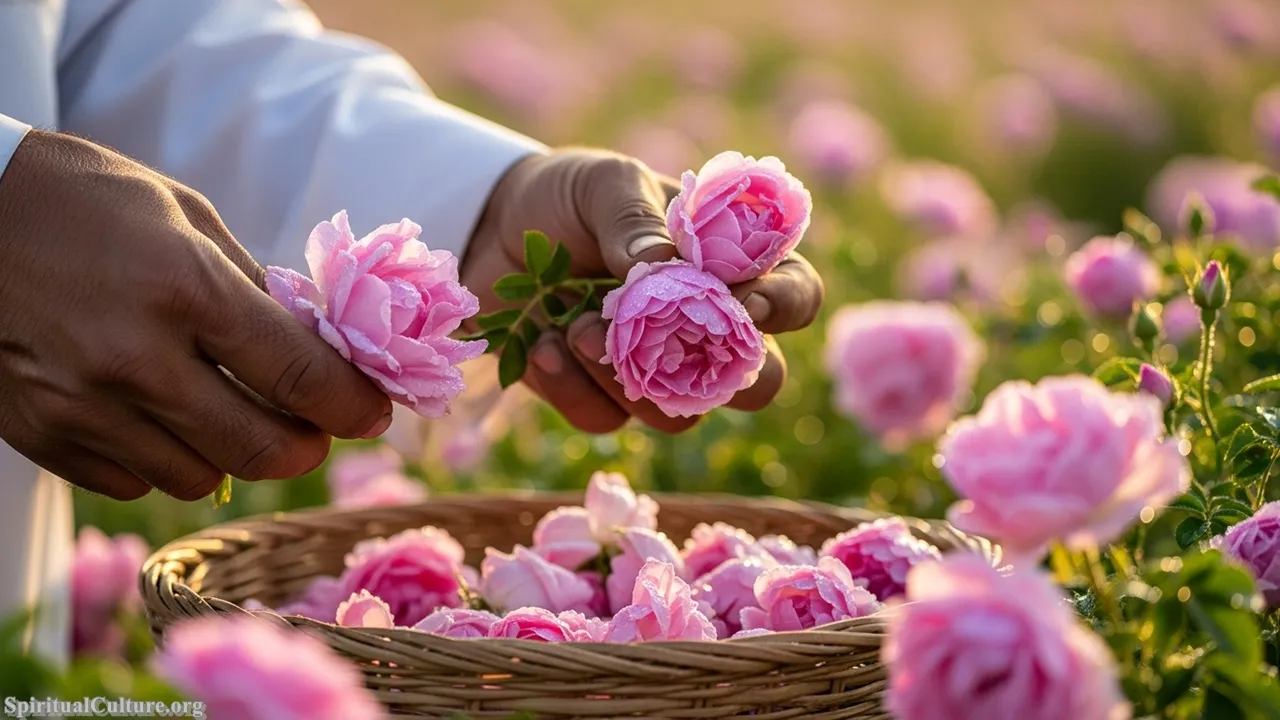
This festival’s elevated ranking comes from the recent recognition of “Cultural practices related to Taif Roses” on UNESCO’s Intangible Cultural Heritage List. This validation confirms its significant spiritual impact, as the rose is used in rituals, perfumes for sacred spaces, and traditional wedding ceremonies, embodying purity and traditional craftsmanship. The festival preserves not just a product, but an entire way of life linked to the mountainous terrain.
The spiritual reflection drawn from the Rose Festival is one of appreciation for delicate beauty and the labor involved in its creation. It emphasizes the human capacity to cultivate and extract beauty from the natural world for aesthetic and ceremonial purposes. The preservation value lies in safeguarding the ancient techniques of steam distillation and farming that have been passed down for centuries.
Cultural/Spiritual Highlights:
- Celebrates a practice recently added to the UNESCO Intangible Cultural Heritage list (2024).
- Highlights the traditional art of rose oil and water distillation, a centuries-old craft.
- The Taif Rose scent is often associated with purity and is used to perfume religious garments and spaces.
- Demonstrates the unique ecological and agricultural heritage of the Hejaz region.
#8. Historic Jeddah Festival
Held in the UNESCO World Heritage-listed Al-Balad district, the Historic Jeddah Festival is a powerful celebration of urban heritage and the Kingdom’s role as a major maritime gateway. The festival revitalizes the ancient coral-stone alleyways and multi-story Roshan-style buildings, showcasing the multicultural tapestry of a city that historically welcomed pilgrims from around the world en route to Makkah. It is an immersive effort to preserve the living memory of a vibrant, cosmopolitan port.
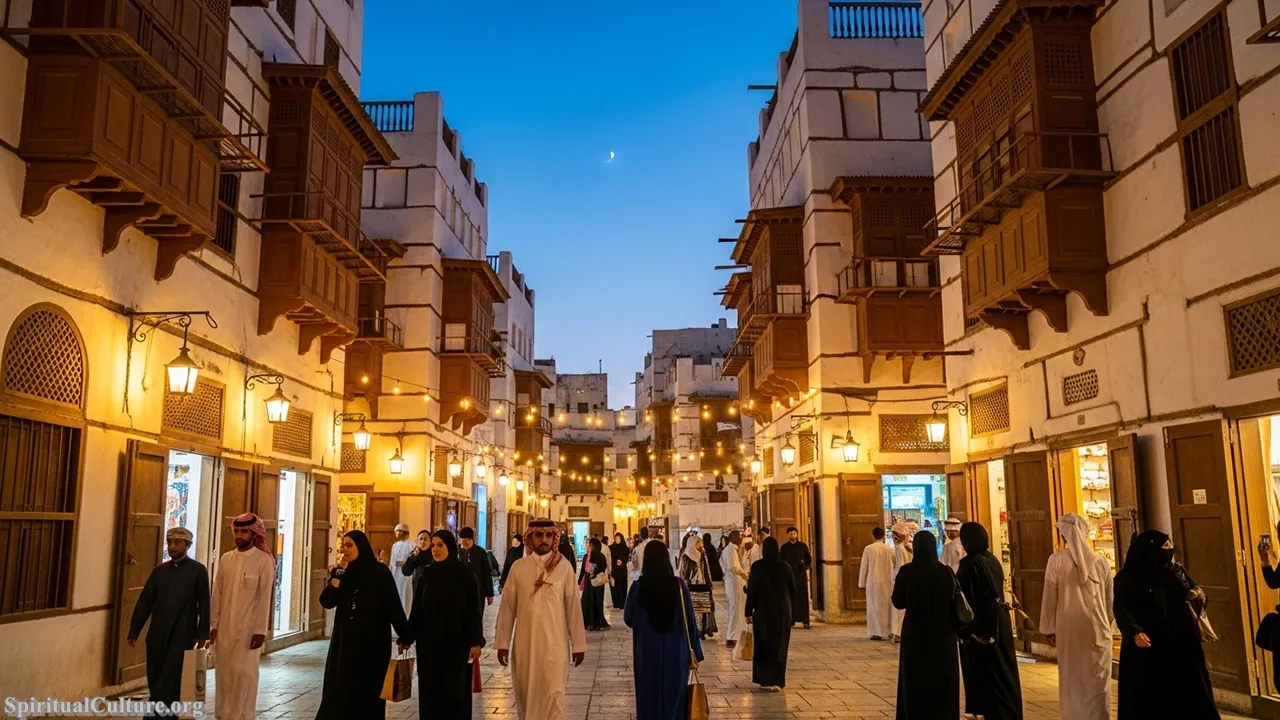
The festival is ranked here due to the immense historical and spiritual impact of the location itself. Al-Balad was literally the “Gate to Makkah,” making it a spiritual crossroads where cultures, goods, and ideas flowed in and out of the Arabian Peninsula for over a thousand years. Its commitment to showcasing traditional Hejazi food, music, and crafts ensures the survival of this unique coastal culture, which blends local traditions with influences from Africa and Asia.
The preservation value of the Historic Jeddah Festival is enormous, serving as a dynamic, educational counterpoint to the city’s modern development. It inspires reflection on the communal spirit of the past, emphasizing the moral lesson of openness and hospitality that defined the city’s role as a meeting point for diverse Muslim pilgrims, cementing its place in the global spiritual narrative.
Cultural/Spiritual Highlights:
- Takes place in Historic Jeddah (Al-Balad), a UNESCO World Heritage Site.
- Celebrates the city’s historical role as the traditional “Gate to Makkah” for pilgrims.
- Preserves and showcases unique Roshan (wooden screen) architecture and Hejazi traditions.
- Focuses on the fusion of cultures acquired from centuries of global maritime trade and pilgrimage.
#7. King Abdulaziz Camel Festival
The King Abdulaziz Camel Festival is a colossal, months-long event dedicated entirely to the Arabian camel, the very symbol of the desert’s enduring spirit. Held in the desert outside Riyadh, this festival is a definitive celebration of authentic Bedouin culture, featuring camel races, beauty pageants, and educational displays of traditional crafts and desert life. Its sheer scale and commitment to camel-related customs highlight the animal’s indispensable role in the Arabian Peninsula’s cultural and spiritual history.
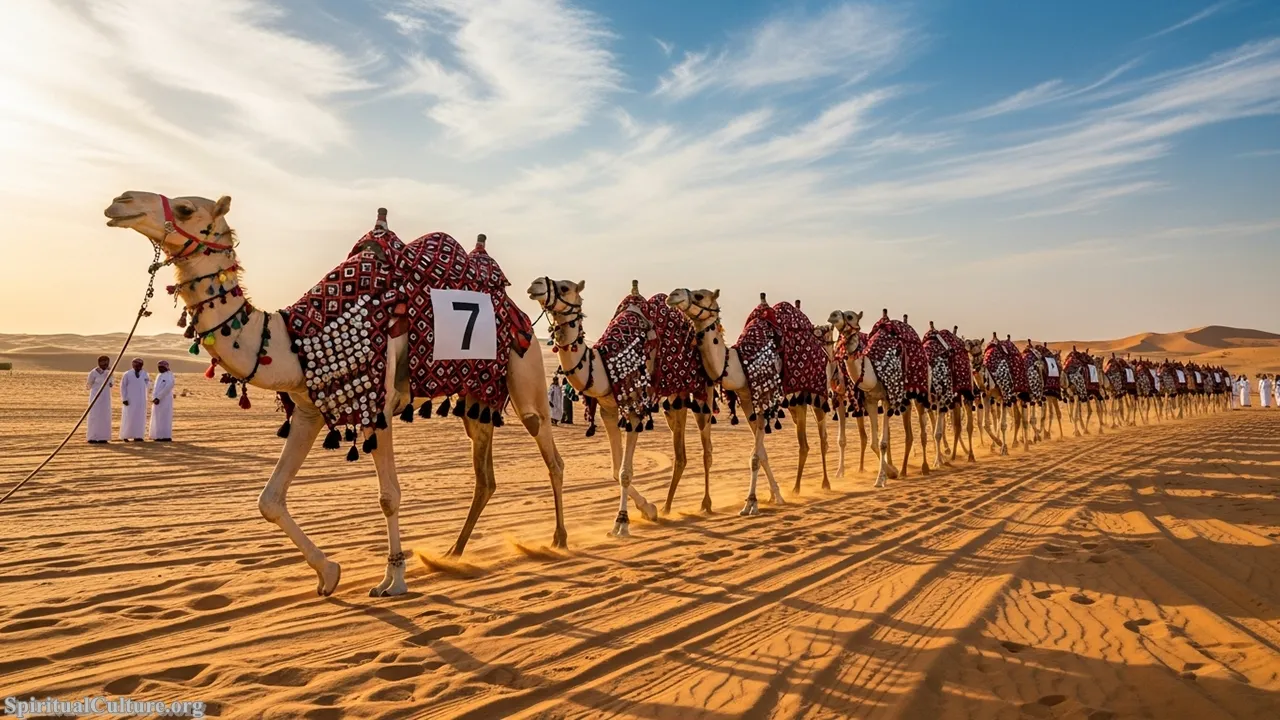
We rank this high because the camel is the ultimate heritage carrier of the Arabian Peninsula, and the festival preserves the deepest roots of the Bedouin lifestyle, a core component of Saudi identity. The spiritual impact is tied to the concept of endurance, guidance, and self-reliance in a harsh environment, as the camel historically enabled all movement, trade, and even the Hajj pilgrimage. The festival acts as a massive, contemporary museum for living heritage, including the UNESCO-inscribed ‘Alheda’a,’ the oral traditions of calling camel flocks.
The reflection offered by this festival is one of profound respect for ancestral knowledge and the symbiotic relationship between humans and the natural environment. The preservation value is clear: it maintains the specialized skills of camel husbandry, racing, and judging, ensuring that the legacy of the desert tribes remains a vibrant part of the national consciousness, not a relic of the past.
Cultural/Spiritual Highlights:
- The world’s largest festival dedicated to the Arabian camel, the symbol of desert life.
- Preserves ancient Bedouin traditions, including camel racing and beauty contests.
- Highlights UNESCO Intangible Cultural Heritage elements like ‘Alheda’a’ (camel calling).
- A celebration of the traditional, authentic lifestyle of the Arabian interior.
#6. Saudi National Day (Unification Day)
Celebrated annually on September 23rd, Saudi National Day commemorates the historic unification of the Kingdom in 1932 under King Abdulaziz. As the only non-religious national public holiday, it is a day defined by nationwide patriotic displays, fireworks, parades, and cultural performances like the Ardah sword dance. It is a modern yet profound cultural ritual that focuses on the concept of a unified nation, bridging regional tribes and diverse cultures under one political identity.

The festival’s spiritual ranking is derived from its function as a foundational celebration of national cohesion. It formalizes a shared national identity—a form of collective spiritual belonging—that transcends local affiliations. The performance of the Najdi Ardah (also known as the Saudi Ardah dance, a UNESCO-inscribed element) is particularly significant, as this traditional war dance has transitioned into a powerful symbol of unity, pride, and national solidarity, performed at the highest official levels.
National Day provides a powerful reflection on the moral lesson of unity and collective vision. It encourages citizens to look toward a shared future while honoring the foundational journey of the state. Its preservation value is centered on the transmission of patriotic pride and the continued elevation of national art forms, ensuring that the story of the Kingdom’s birth is reaffirmed with passion each year.
Cultural/Spiritual Highlights:
- Celebrates the Kingdom’s unification in 1932, establishing a shared modern identity.
- Features the Najdi Ardah (Saudi Ardah dance), a UNESCO Intangible Cultural Heritage element.
- Only non-religious national public holiday, emphasizing political and cultural unity.
- Fosters a sense of belonging and collective pride across all regions.
#5. AlUla Tantora Festival (Winter at Tantora)
The AlUla Tantora Festival is a multi-weekend cultural event set against the extraordinary backdrop of AlUla, a region that hosts the UNESCO World Heritage site of Hegra (Mada’in Salih). Named after the historic sundial (the ‘Tantora’) used by local farmers to mark the winter planting season, the festival celebrates the region’s unique Nabataean and ancient heritage, blending traditional music, astronomy, and agricultural practices with world-class contemporary arts and entertainment.
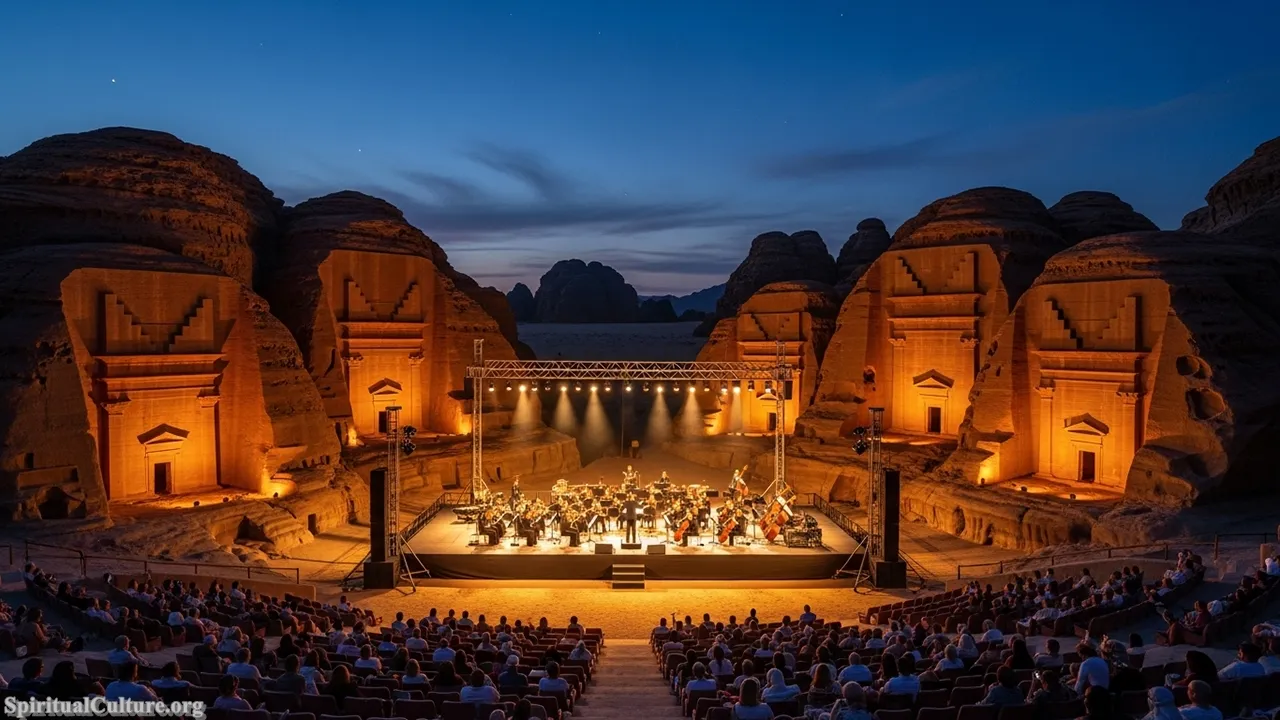
This festival’s high ranking reflects the deeply rooted spiritual impact of AlUla as a historical crossroads of civilization and a place of profound geological beauty. It is the most intentional and high-profile preservation effort, using cultural tourism to re-engage with a 2,000-year-old heritage. By celebrating the Tantora sundial, it pays homage to the ancient knowledge of time-keeping and the spiritual connection between human activity and the celestial cycles.
The festival compels a reflection on time, permanence, and the continuity of human civilization in the desert. The moral lesson is drawn from the Nabataeans, demonstrating their ingenuity in carving magnificent structures into rock, showing that true culture endures. Its preservation value is in bringing global attention and investment to safeguarding one of the world’s most vital ancient cultural landscapes.
Cultural/Spiritual Highlights:
- Held in AlUla, near Hegra, Saudi Arabia’s first UNESCO World Heritage Site.
- Named after the Tantora (historic sundial), symbolizing ancient knowledge and seasonal cycles.
- Celebrates the culture of the ancient Nabataean and Dadanite civilizations.
- Promotes the intersection of history, astronomy, and agricultural heritage.
#4. Eid al-Adha (Festival of Sacrifice)
Eid al-Adha, the “Festival of Sacrifice,” is the second of the two major Islamic celebrations and is intrinsically tied to the annual Hajj pilgrimage. It commemorates Prophet Ibrahim’s ultimate act of devotion and willingness to sacrifice his son, marking the end of the pilgrimage rites. In Saudi Arabia, the celebration is characterized by communal prayers, family gatherings, and the ritual sacrifice (Qurbani), with a large portion of the meat distributed to the poor and needy, reflecting deep Islamic principles of charity and devotion.
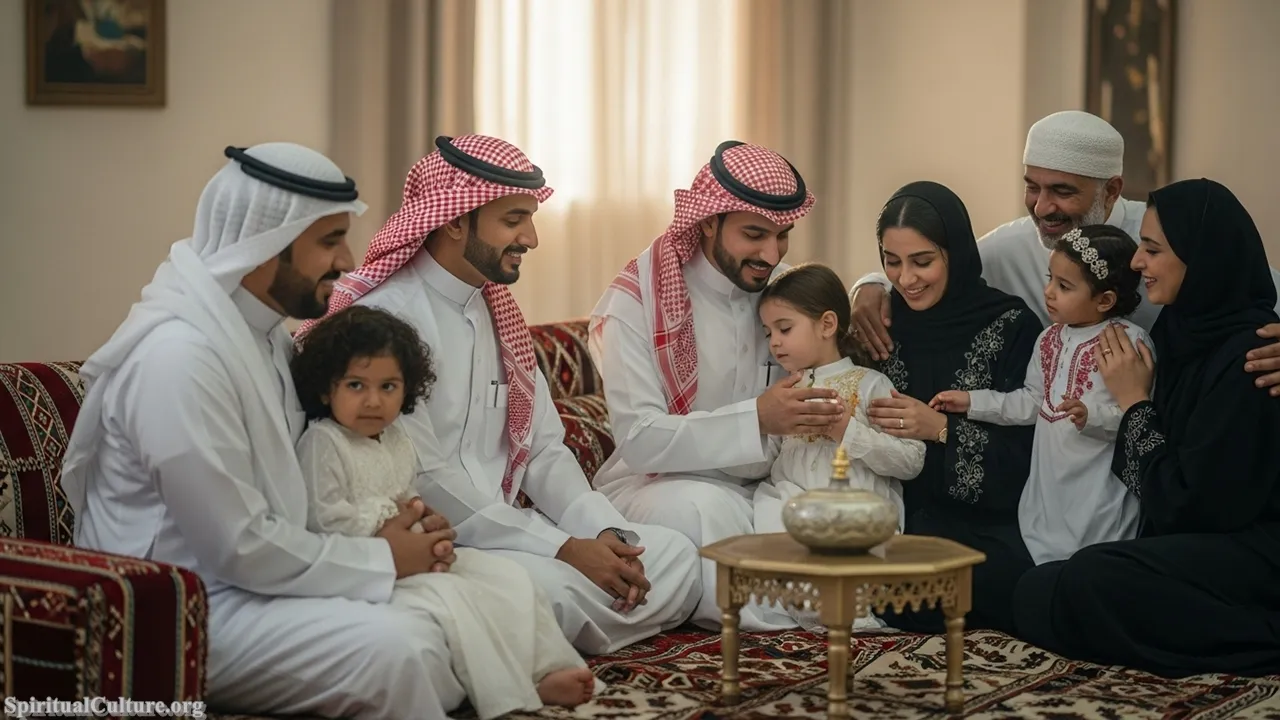
This festival is placed highly because of its monumental spiritual impact; it is the climax of Hajj, the spiritual duty that draws millions of Muslims to Makkah, making it arguably the most globally observed event originating from the Kingdom. The festival reinforces the spiritual lesson of submission to God’s will and the moral duty of providing for the less fortunate. The acts of charity and communal prayer serve as a profound expression of shared Islamic faith and global spiritual unity.
The reflection is on the timeless virtues of faith, obedience, and selflessness, central tenets of the Islamic spiritual path. Its preservation value is absolute: it is a pillar of the Islamic faith and the yearly ritual ensures the continuation of the spiritual and charitable traditions prescribed in the Quran, sustaining community bonds both locally and globally.
Cultural/Spiritual Highlights:
- Marks the climax of the annual Hajj pilgrimage, a spiritual duty for Muslims worldwide.
- Commemorates the devotion and sacrifice of Prophet Ibrahim.
- Includes the ritual Qurbani (sacrifice) and distribution of meat to the needy (charity/Zakat).
- A globally significant religious holiday, reinforcing communal and spiritual bonds.
#3. Souq Okaz Festival
The Souq Okaz Festival near Taif is a grand, intentional revival of the most famous literary and commercial market in pre-Islamic Arabia. Before the advent of Islam, this historic souq was the primary venue for poets, traders, and intellectuals to gather, holding revered poetry competitions that shaped the Arabic language and literary tradition. The modern festival meticulously recreates this ancient marketplace, featuring poetry recitals, traditional crafts, and historical re-enactments, linking the contemporary Kingdom directly to its foundational cultural and linguistic past.
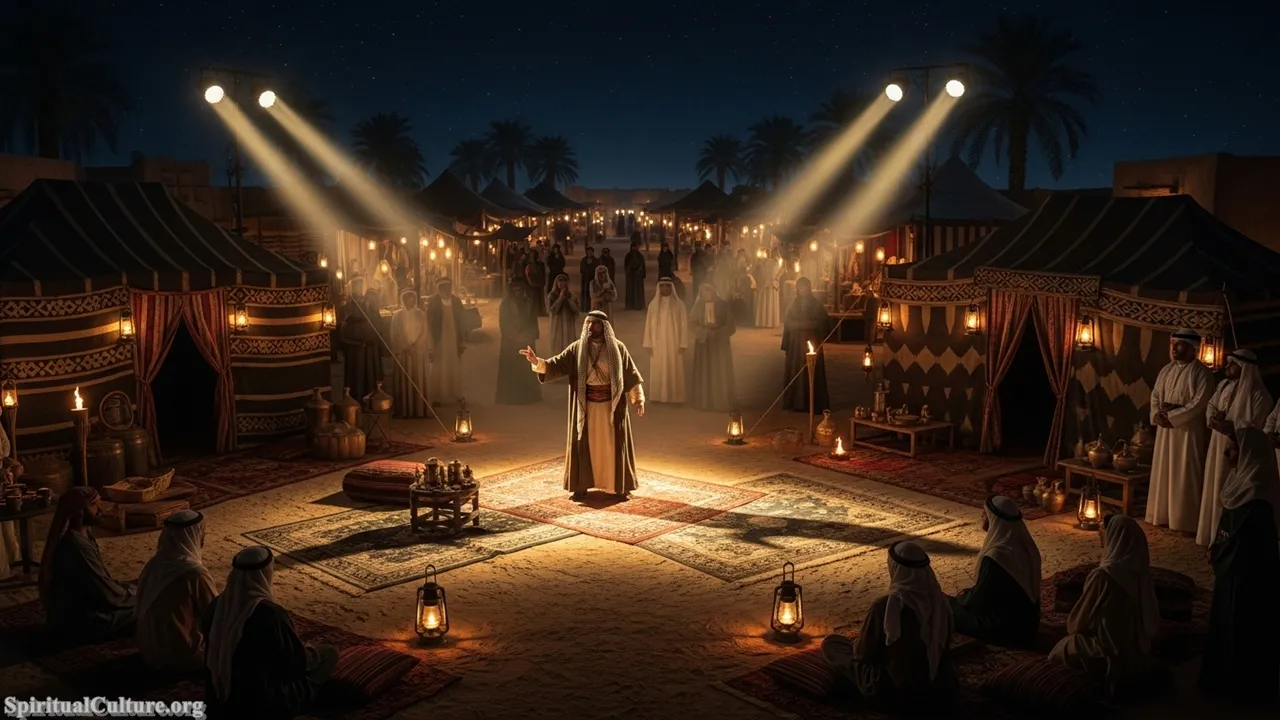
This festival commands a top-three ranking due to its unique historical significance as a wellspring of Arabic culture. Its spiritual impact is intellectual and linguistic, celebrating the literary arts—particularly poetry—which are foundational to the beauty and understanding of the Quran and the broader Arab identity. It elevates the value of rhetoric, debate, and the power of the spoken word, reminding the nation of its centuries of intellectual leadership before the Islamic era.
The reflection drawn from Souq Okaz is on the enduring power of language and the moral lesson of intellectual exchange. It serves as a potent vehicle for the preservation of classical Arabic and the revival of ancient crafts and customs, ensuring that the roots of Arab civilization, deeply intertwined with the spiritual history of the region, are never forgotten.
Cultural/Spiritual Highlights:
- Revives the pre-Islamic intellectual and commercial hub, a source of Arabic linguistic heritage.
- Features the most prestigious poetry competitions in the Arab world.
- A celebration of classical Arabic literature and rhetoric, foundational to Islamic scholarship.
- Highlights the Kingdom’s commitment to preserving the intellectual heritage of the Arabian Peninsula.
#2. Janadriyah National Festival
The Janadriyah National Festival, historically the largest and most prestigious culture and heritage gathering in the Kingdom, serves as an unparalleled national cultural statement. Held outside Riyadh, the festival offers an exhaustive, living exhibit of Saudi Arabia’s diverse regional traditions, architecture, folk dances (like the Ardah), and handicraft markets. It functions as a comprehensive annual display of national heritage, ensuring that the unique customs of every province—from the Hijaz to Asir—are preserved, celebrated, and introduced to younger generations.
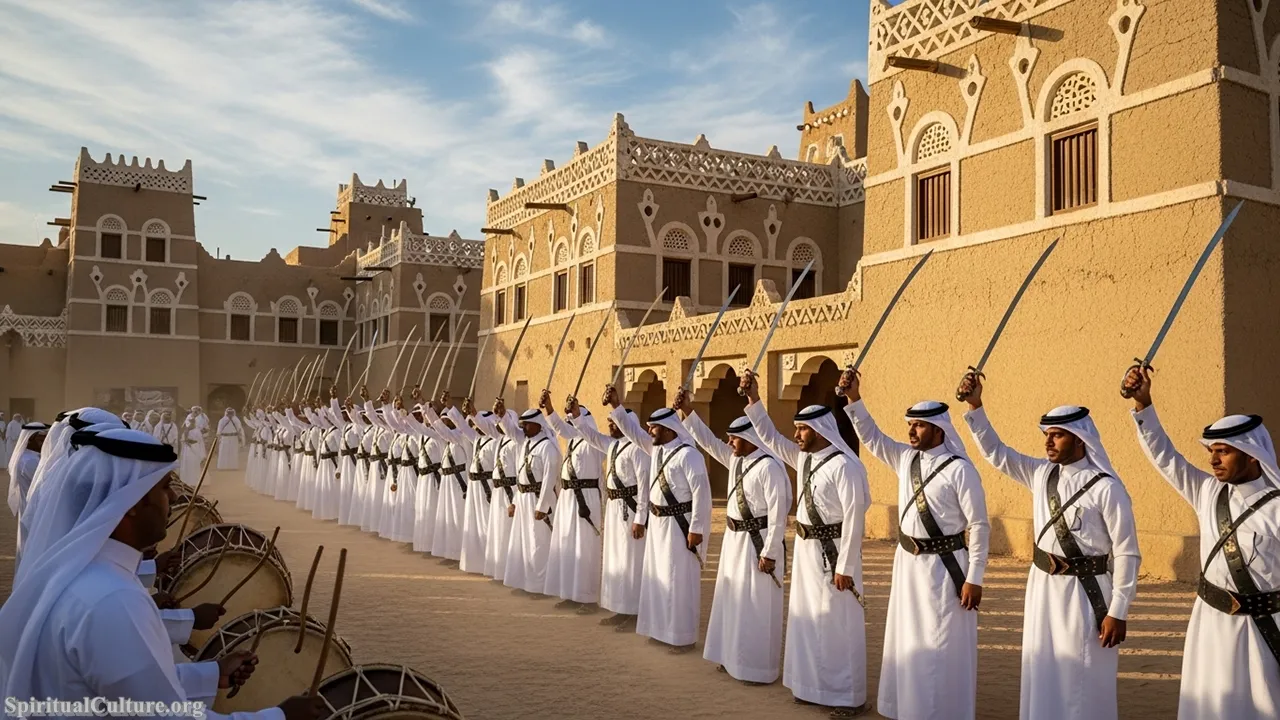
Janadriyah’s consistently high ranking is based on its profound and sustained national cultural and political impact. It is a unifying force, acting as the primary repository for the collective cultural memory of the modern Saudi state. While not religious, its spiritual impact lies in fostering a deep, collective sense of heritage and belonging, validating regional diversity within a unified national framework. It is an act of cultural devotion, emphasizing the values of hospitality, communal expression, and respect for tradition.
The reflection it offers is on the moral lesson of unity through diversity, demonstrating that a strong national identity is built upon respecting the mosaic of regional customs. The festival’s preservation value is immense, providing a massive institutional platform for nearly extinct crafts, folk music, and traditional knowledge, making it a critical guardian of Saudi heritage for the Current Time of Writing and beyond.
Cultural/Spiritual Highlights:
- The most prestigious and comprehensive national heritage festival, showcasing all regions.
- A vital platform for preserving regional folklore, traditional dances (like the UNESCO-listed Ardah), and crafts.
- Fosters a sense of national unity and shared heritage across diverse provinces.
- A major governmental initiative for cultural preservation and national identity affirmation.
#1. Eid al-Fitr (End of Ramadan)
Eid al-Fitr, or the “Festival of Breaking the Fast,” is the first of the two main Islamic holidays, marking the culmination of the holy month of Ramadan. In Saudi Arabia, the custodian of the Two Holy Mosques, this is the most profoundly important cultural and spiritual event outside of the annual Hajj. The celebration begins with special communal morning prayers, followed by family feasts, charitable giving (Zakat al-Fitr), and the joyous exchange of gifts and visits. It is a period of intense spiritual culmination, family reunion, and communal renewal.

The paramount ranking of Eid al-Fitr is absolute, as its spiritual impact underpins the culture of the entire nation. It represents the successful completion of the spiritual struggle of Ramadan—a month of purification, reflection, and rigorous devotion. The festival’s customs, from the special prayers to the mandatory charitable giving, are direct, deeply practiced expressions of the Islamic faith that define the daily lives and moral compass of Saudi society and the global Muslim community.
The ultimate reflection of Eid al-Fitr is on the moral lesson of discipline, empathy, and gratitude. It teaches spiritual resilience and demands a communal obligation to charity, ensuring that no one is left behind in the celebrations. Its preservation value is guaranteed, not merely by cultural choice, but by religious obligation, cementing it as the foundational spiritual and cultural festival of the Kingdom and the entire Islamic world.
Cultural/Spiritual Highlights:
- The most important and universally observed spiritual holiday in the Islamic calendar.
- Marks the completion of the holy month of Ramadan, a period of deep spiritual devotion.
- Mandates Zakat al-Fitr (charity), reinforcing the moral lesson of empathy and community care.
- A period of intense family reunion, forgiveness, and communal renewal across the nation.
Conclusion
Saudi Arabia’s cultural festival landscape, as witnessed in the Current Time of Writing, is a vibrant tapestry woven with the threads of profound spiritual adherence, ancient nomadic tradition, and modern national ambition. From the universal spiritual gravity of the two Eids, which anchor the global Islamic calendar, to the deep heritage celebration of Janadriyah and the literary revival of Souq Okaz, each festival serves a critical purpose. They are not mere spectacles, but authentic cultural expressions and powerful acts of preservation.
At Spiritual Culture, we find in these celebrations a profound humanistic message: that heritage is a living, breathing entity, constantly being reaffirmed through shared rituals. They demonstrate the Kingdom’s commitment to honoring its deep past—its Bedouin roots, its literary golden age, and its sacred role—while stepping confidently into the future. By engaging with these festivals, we gain a deeper appreciation for the spiritual meaning and heritage behind the greatness of this remarkable culture.
